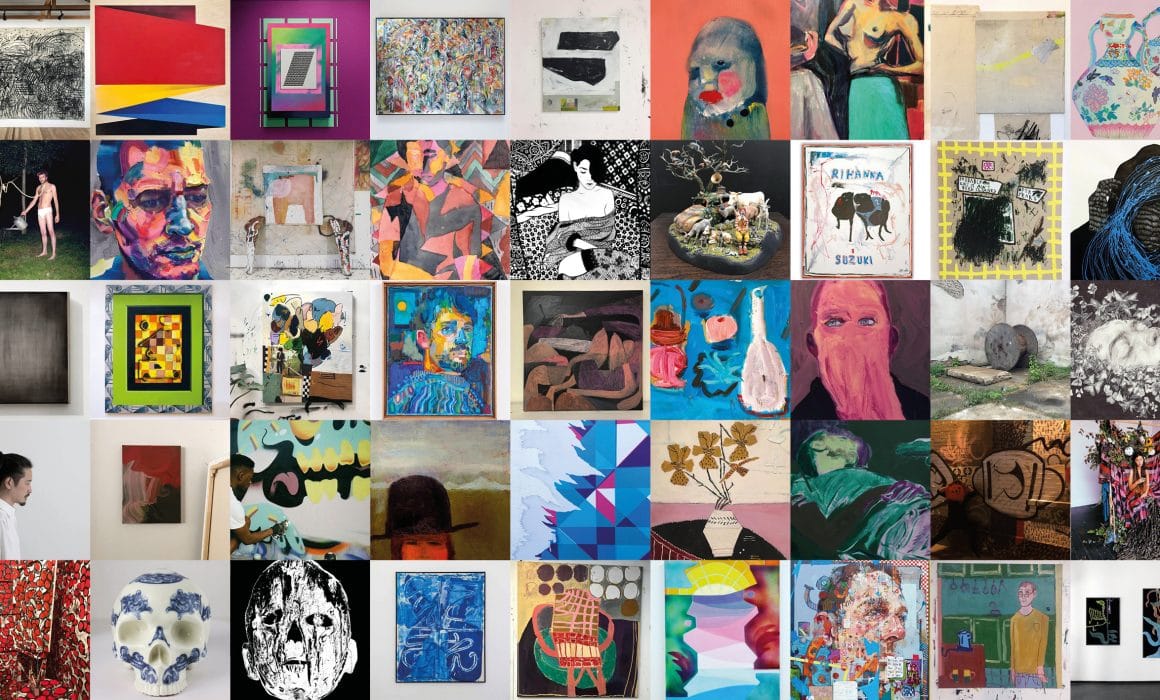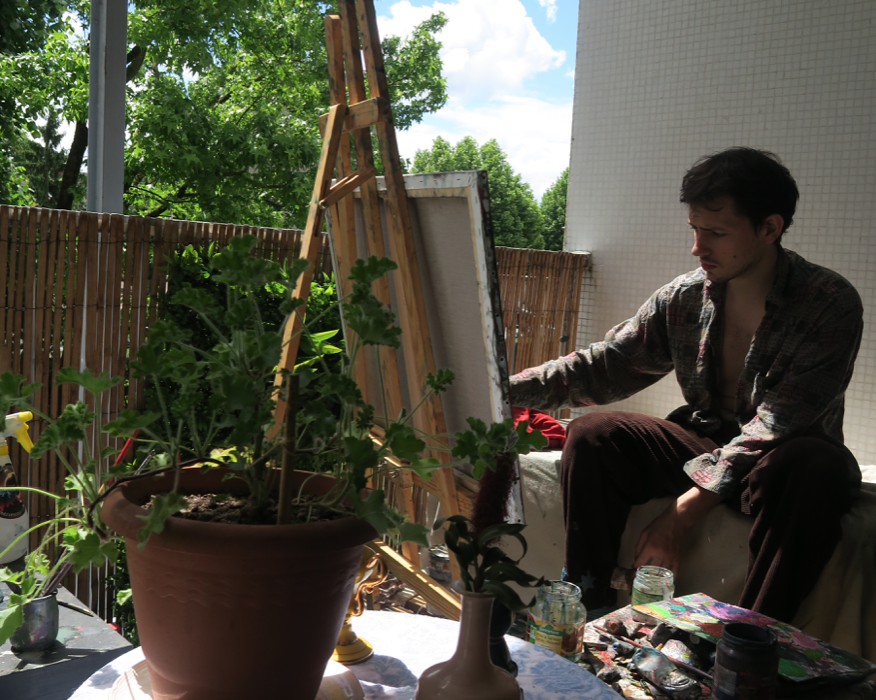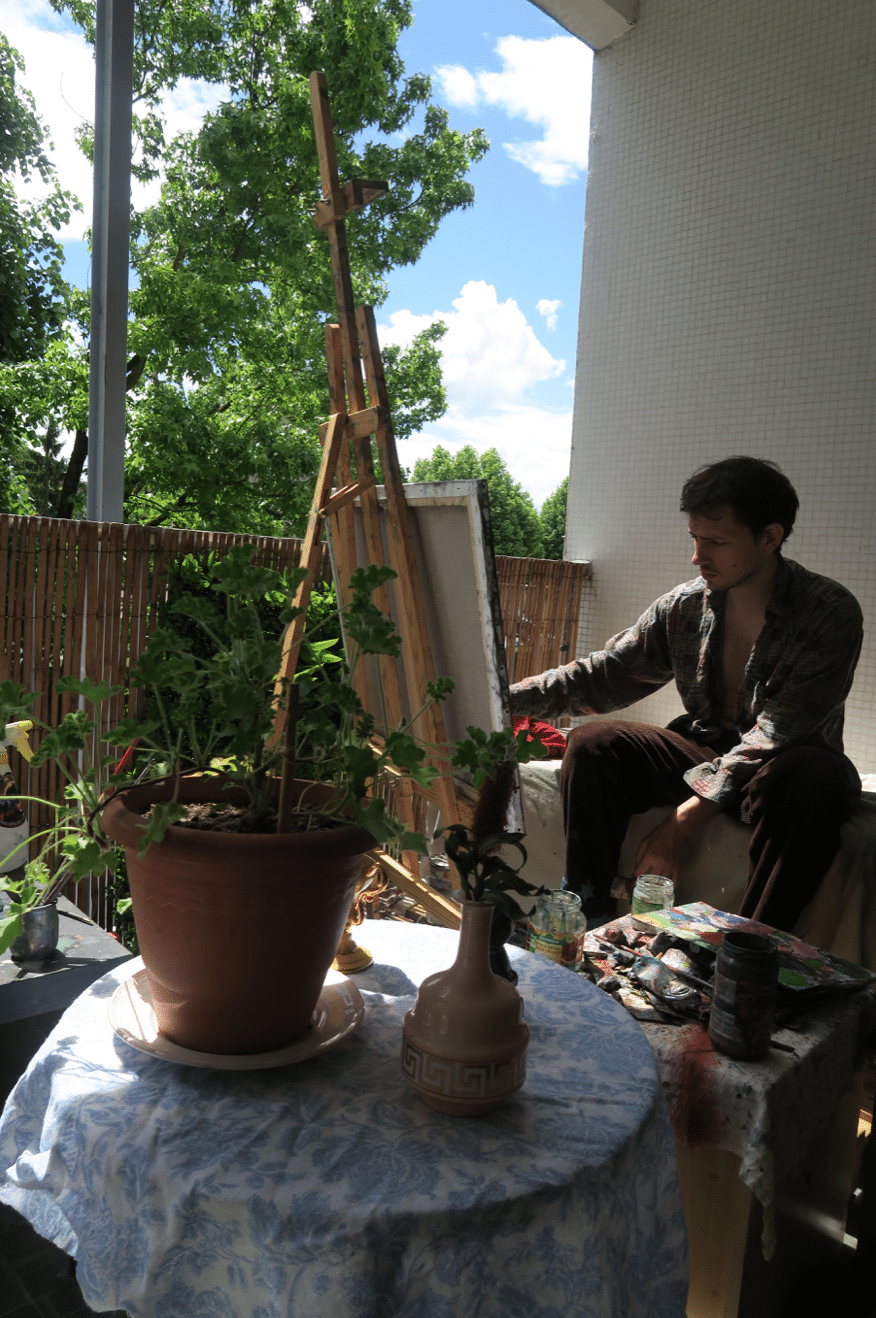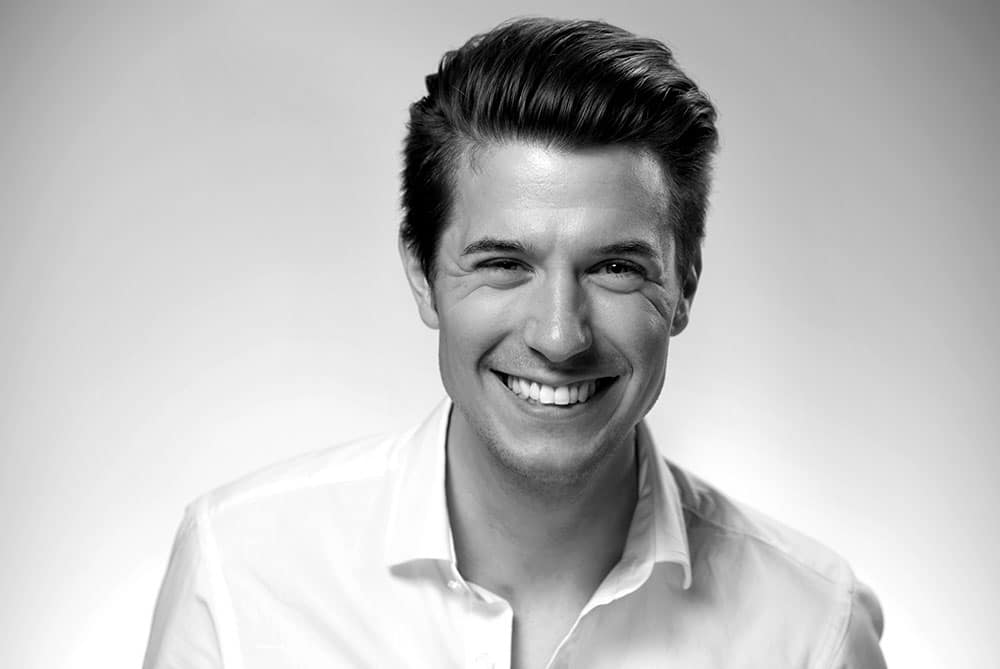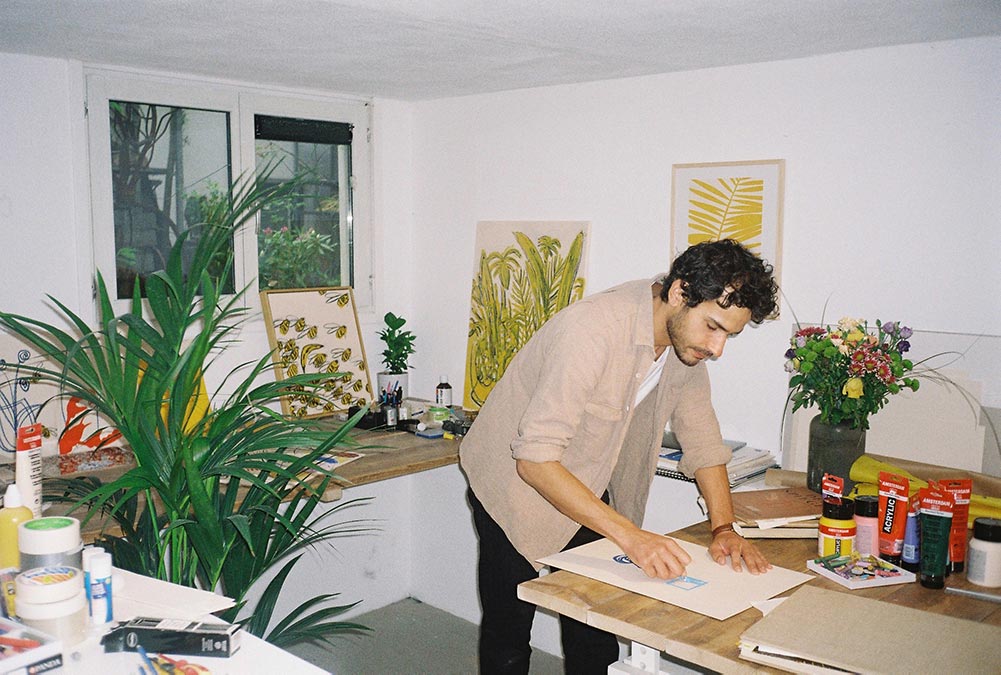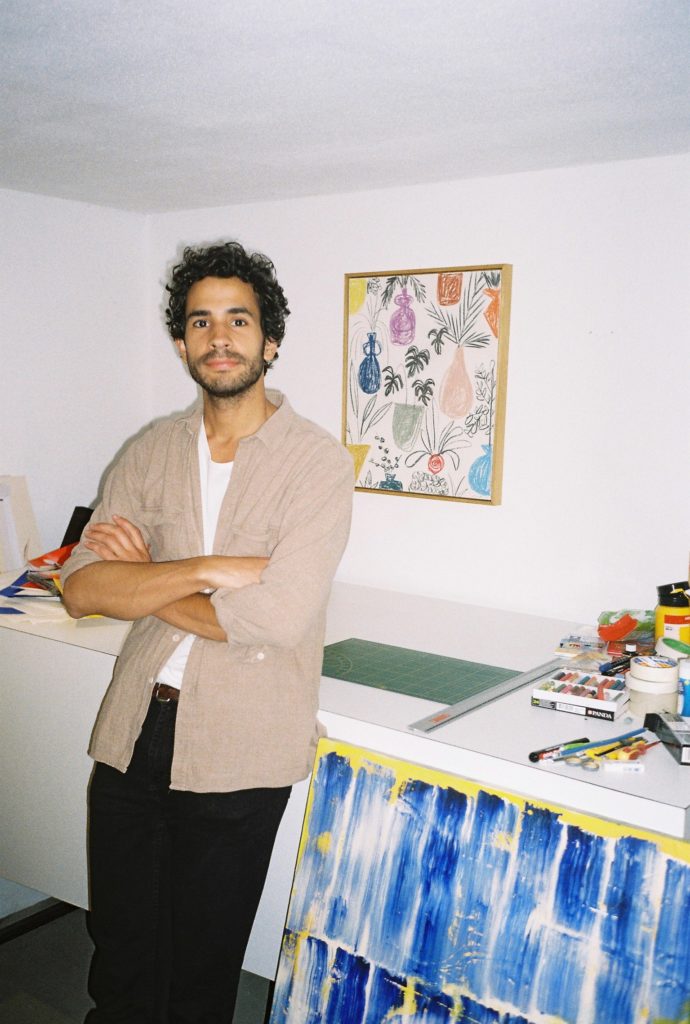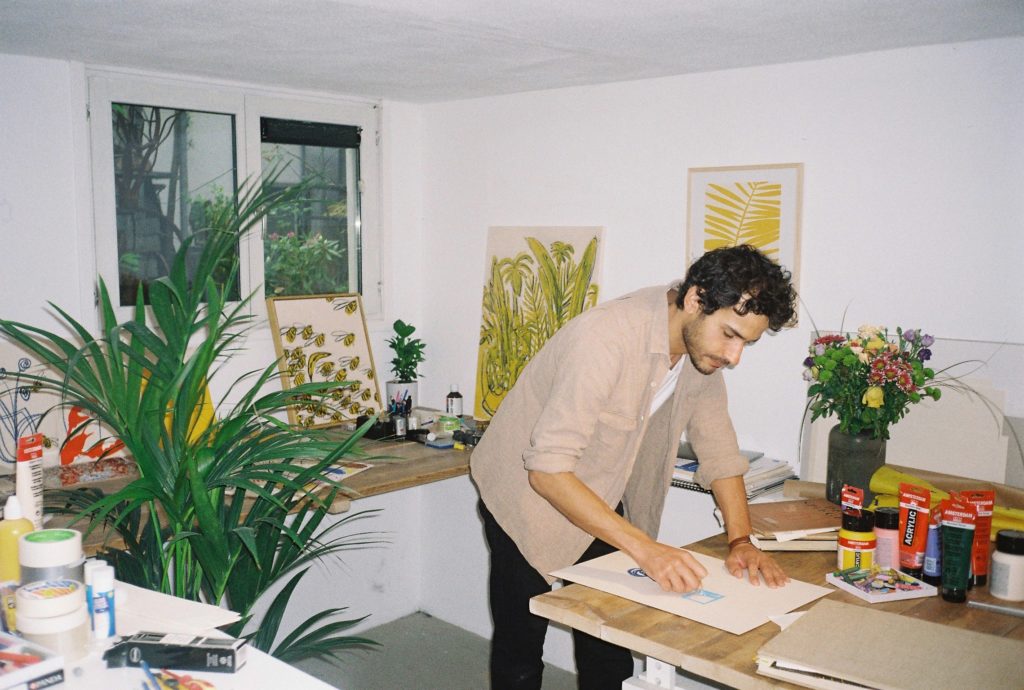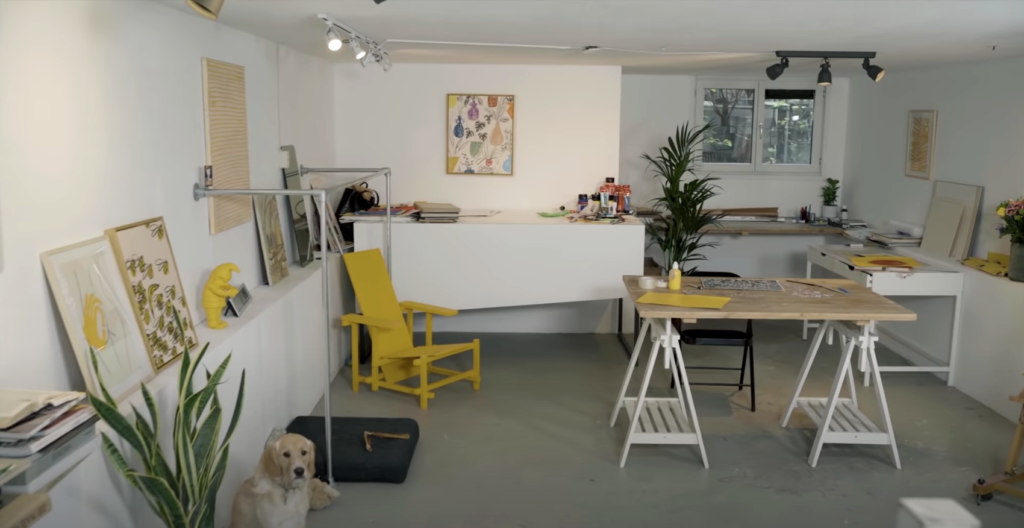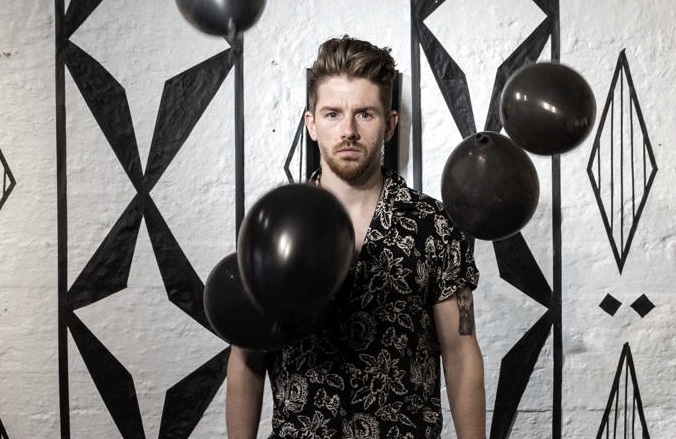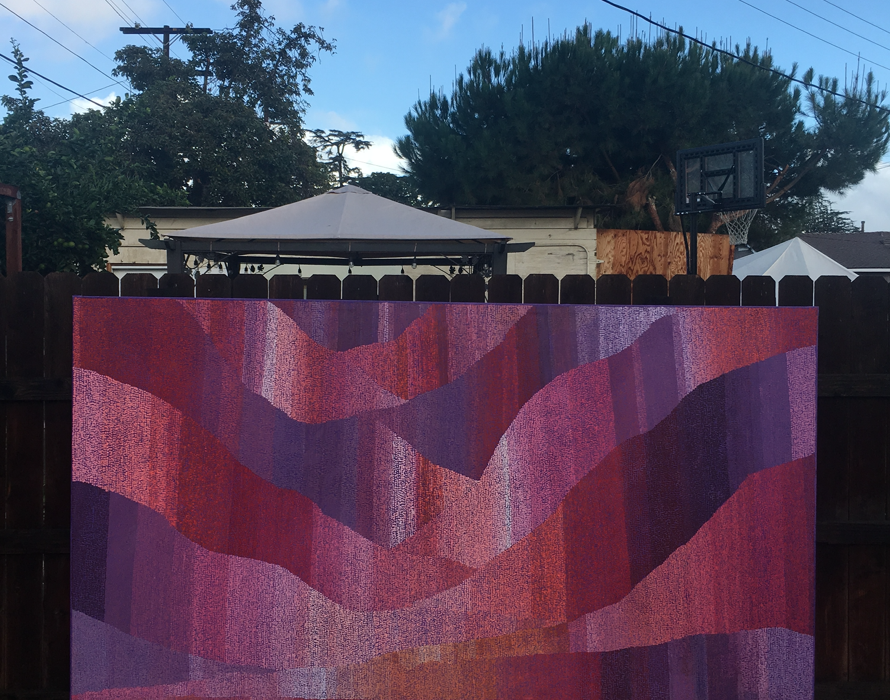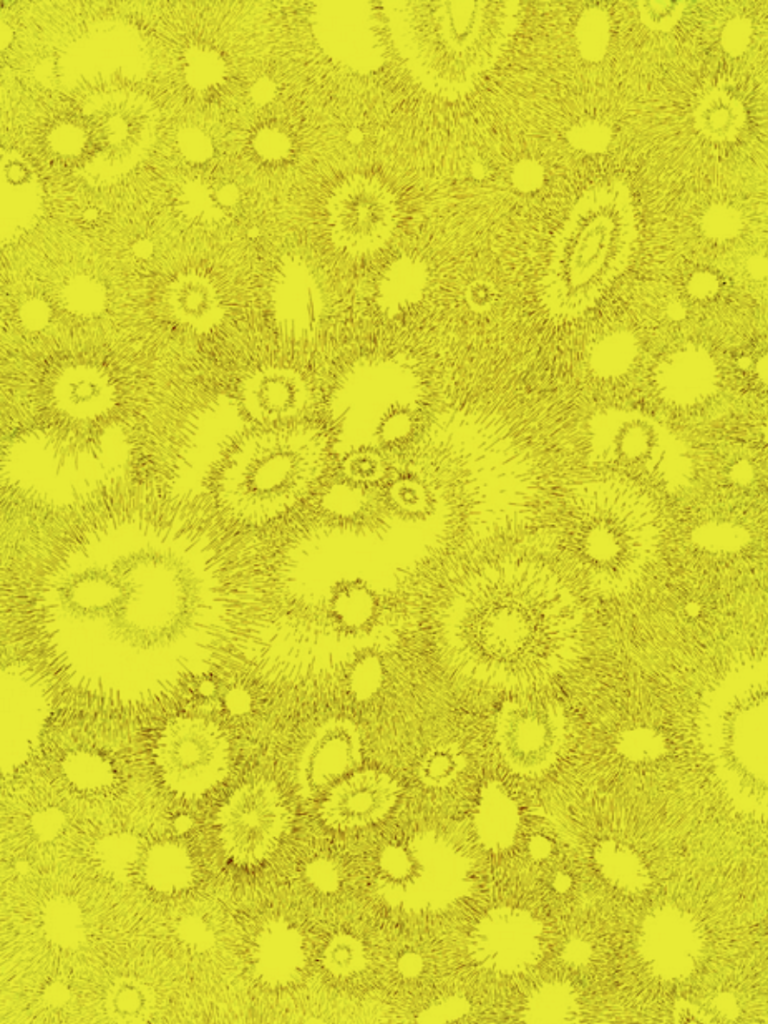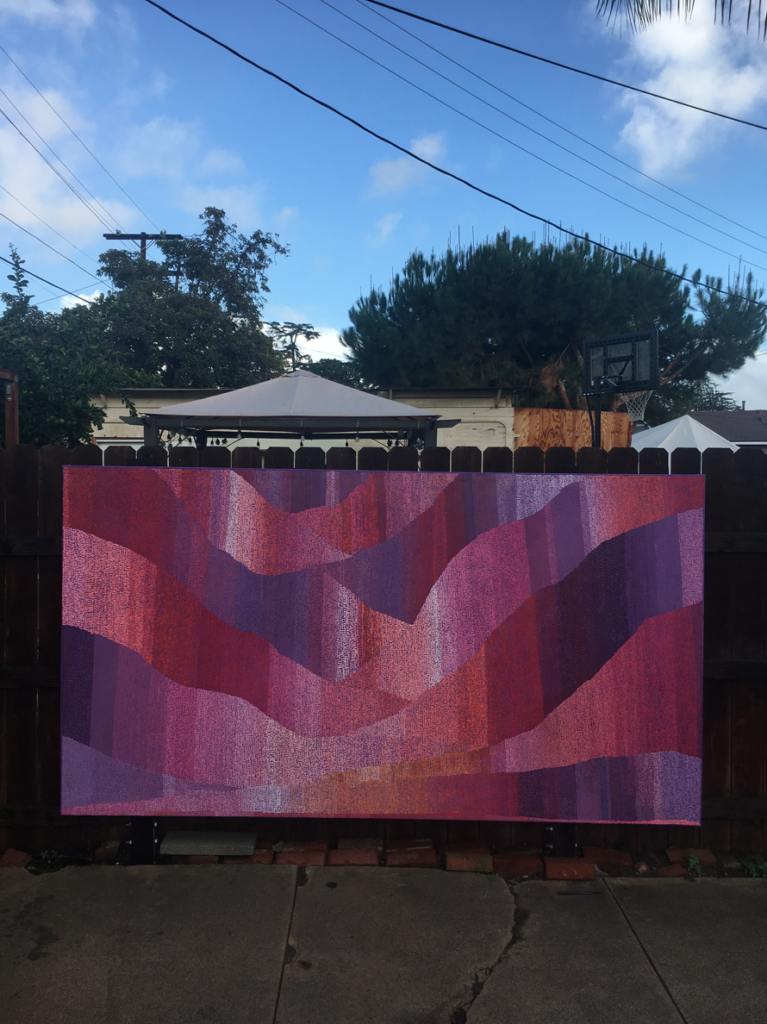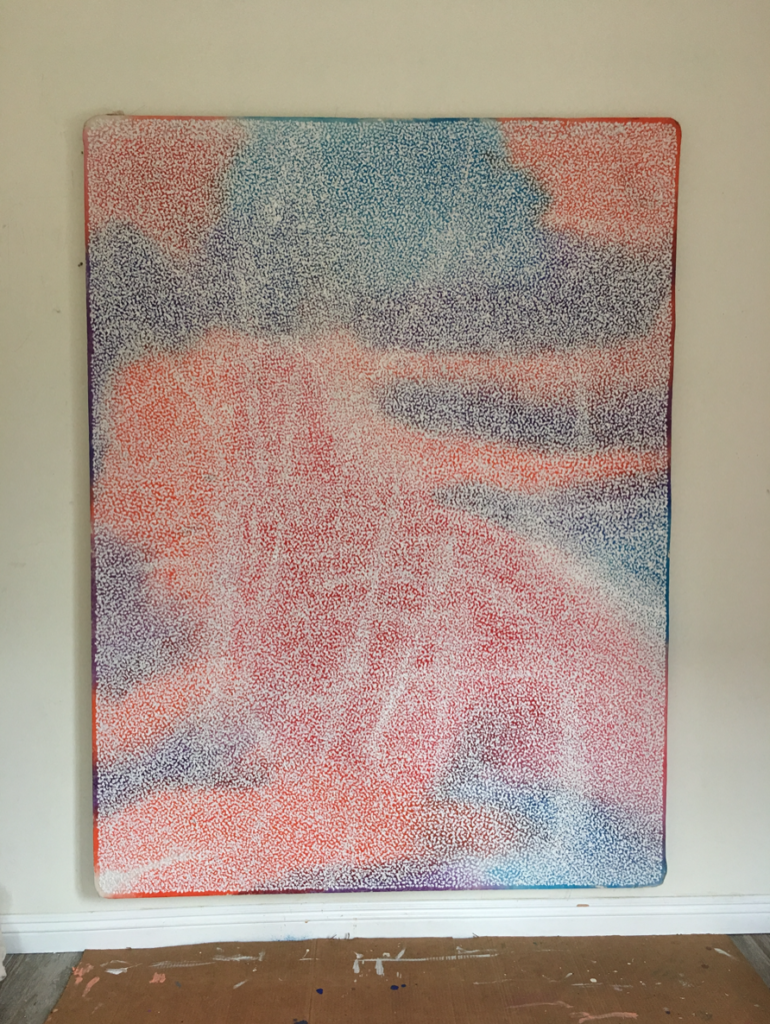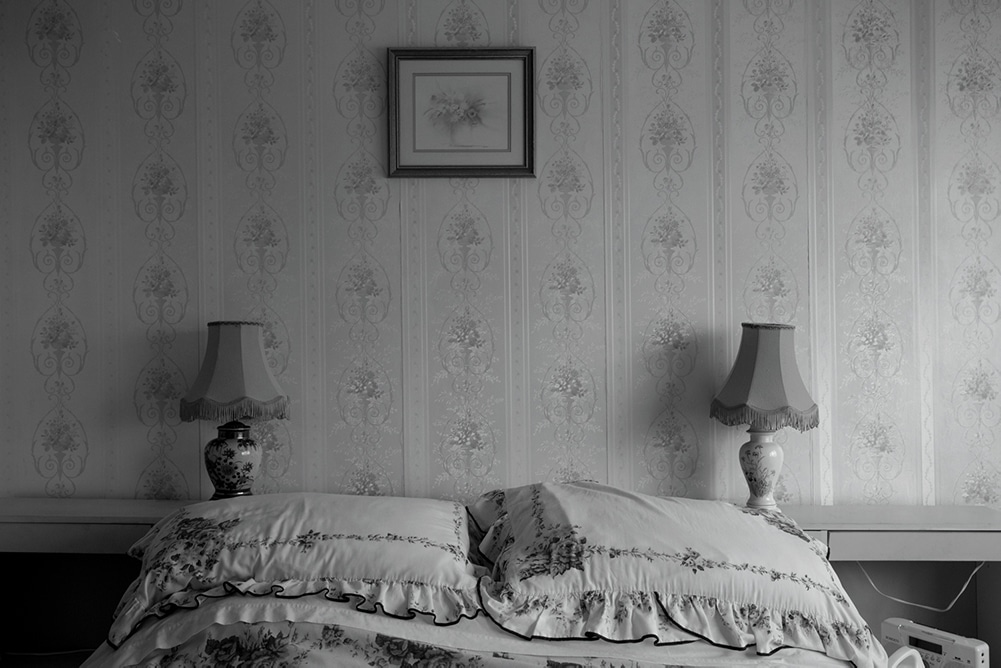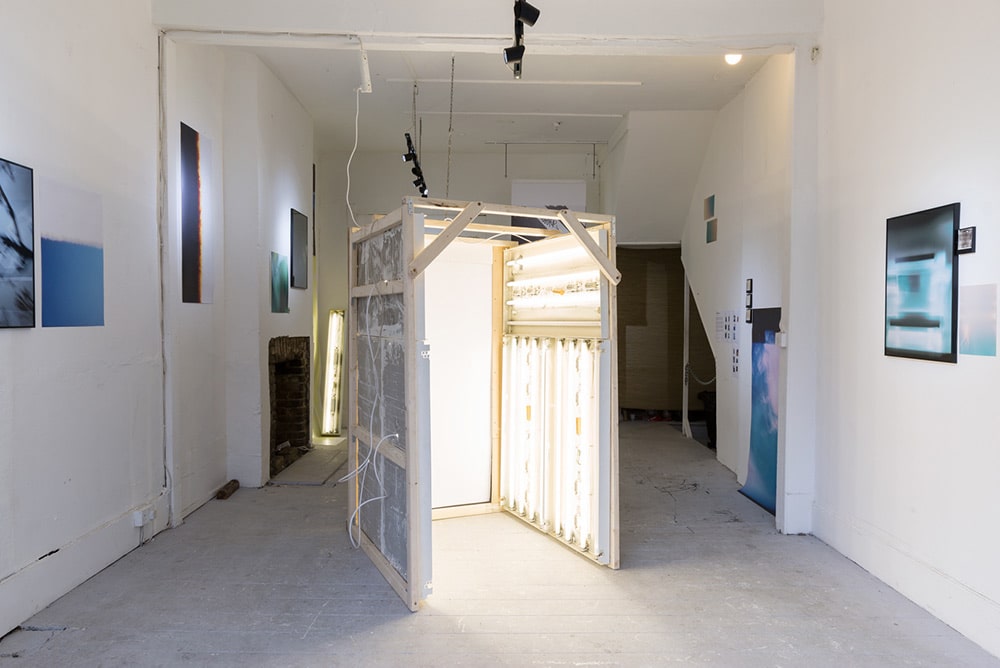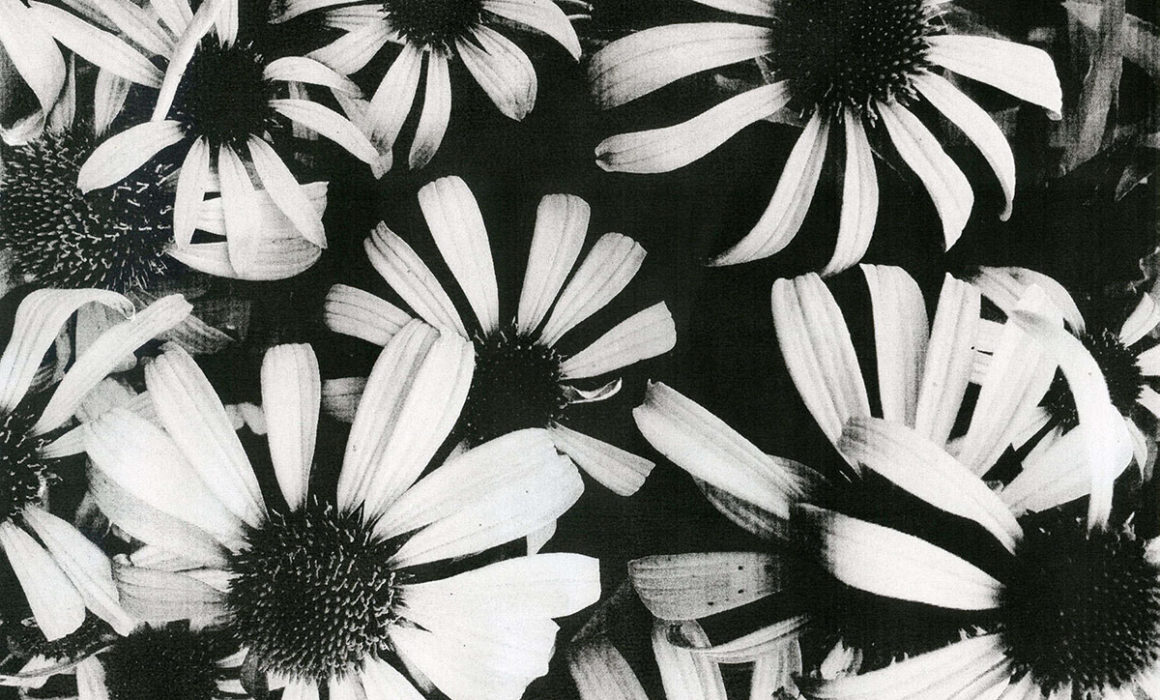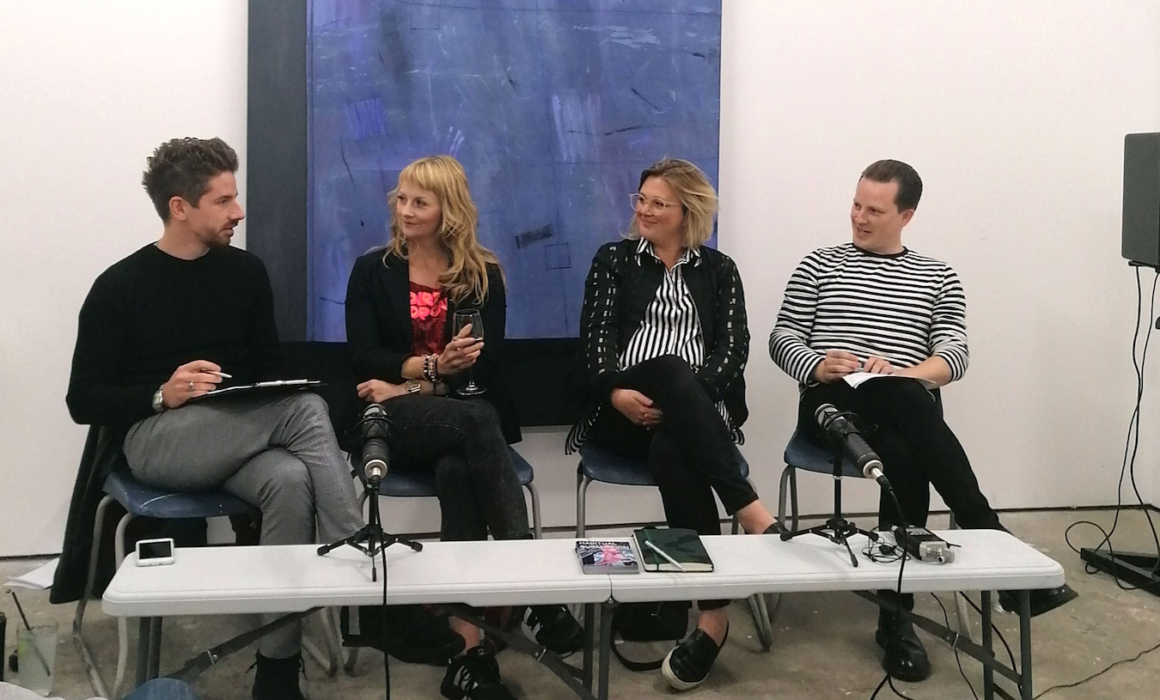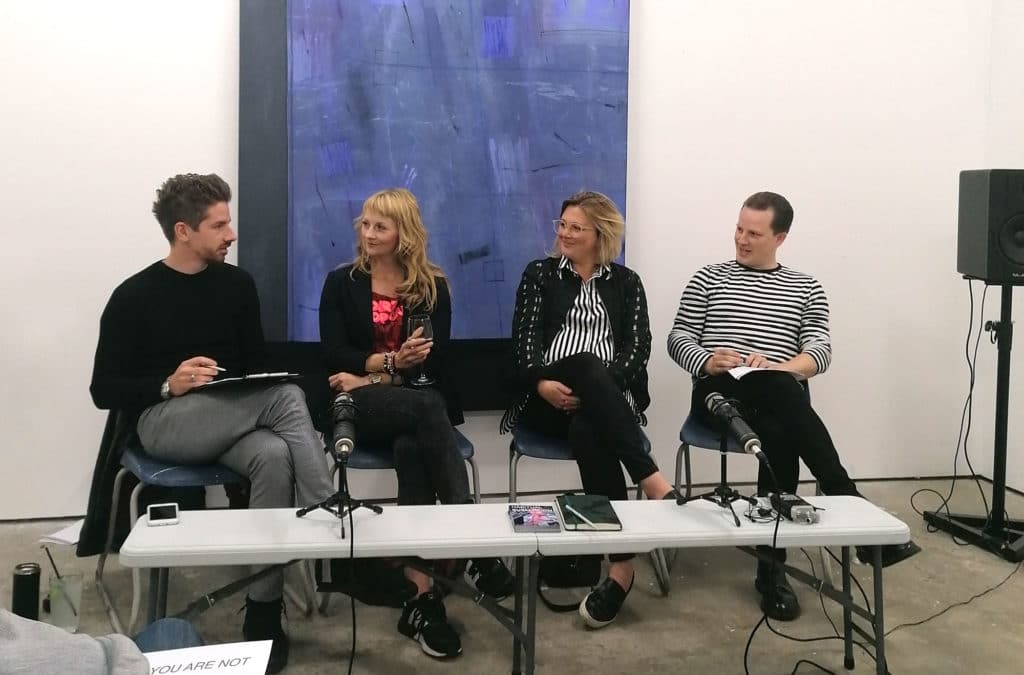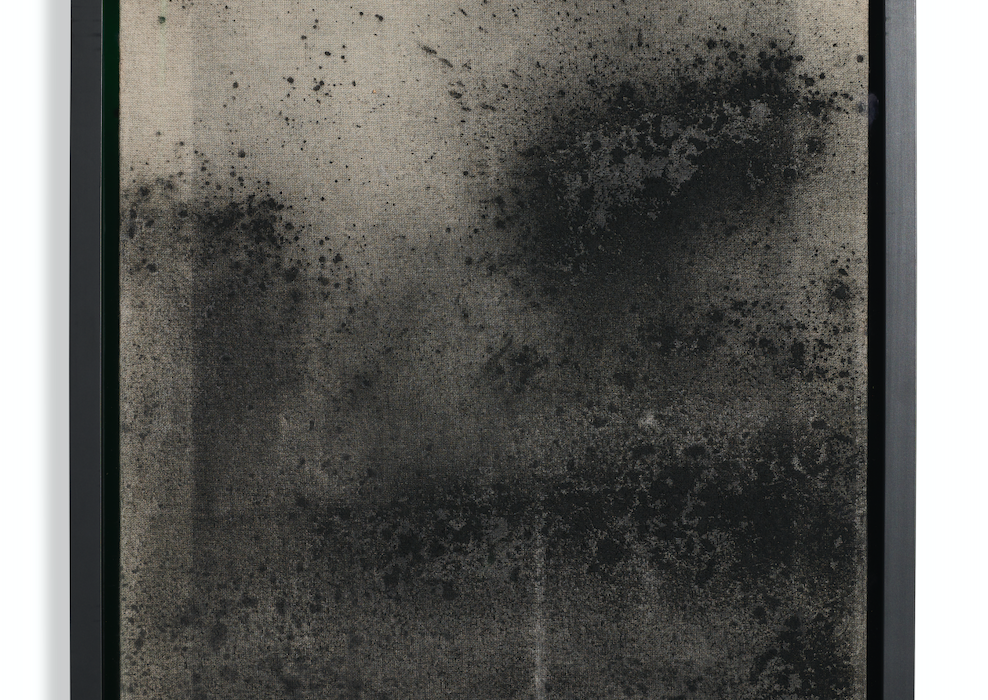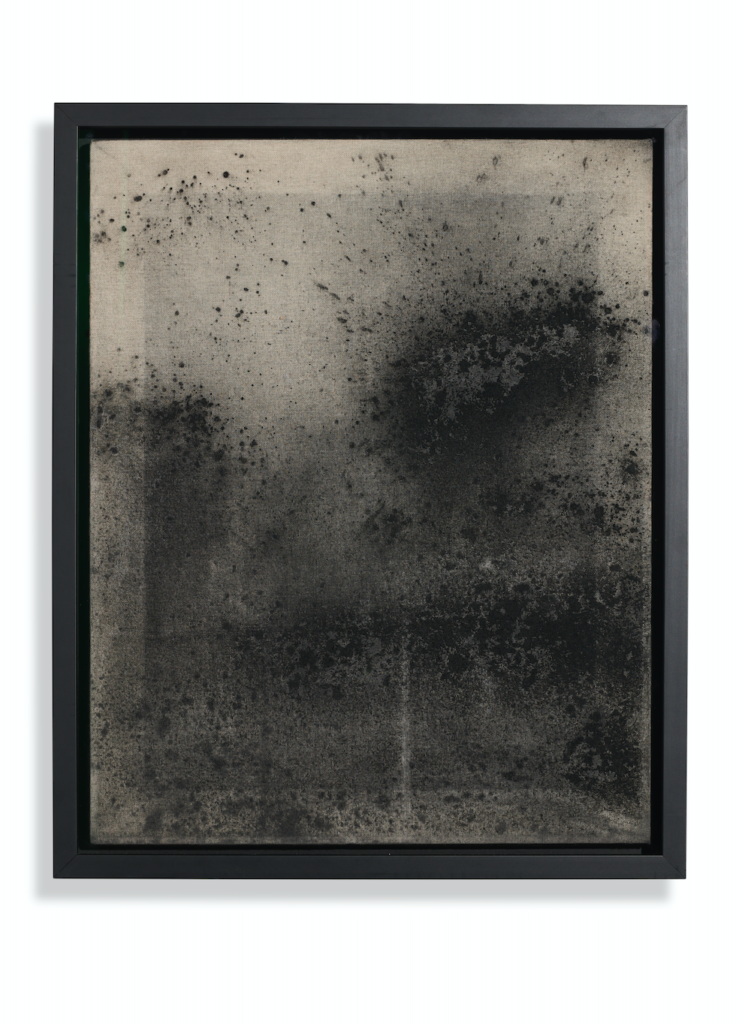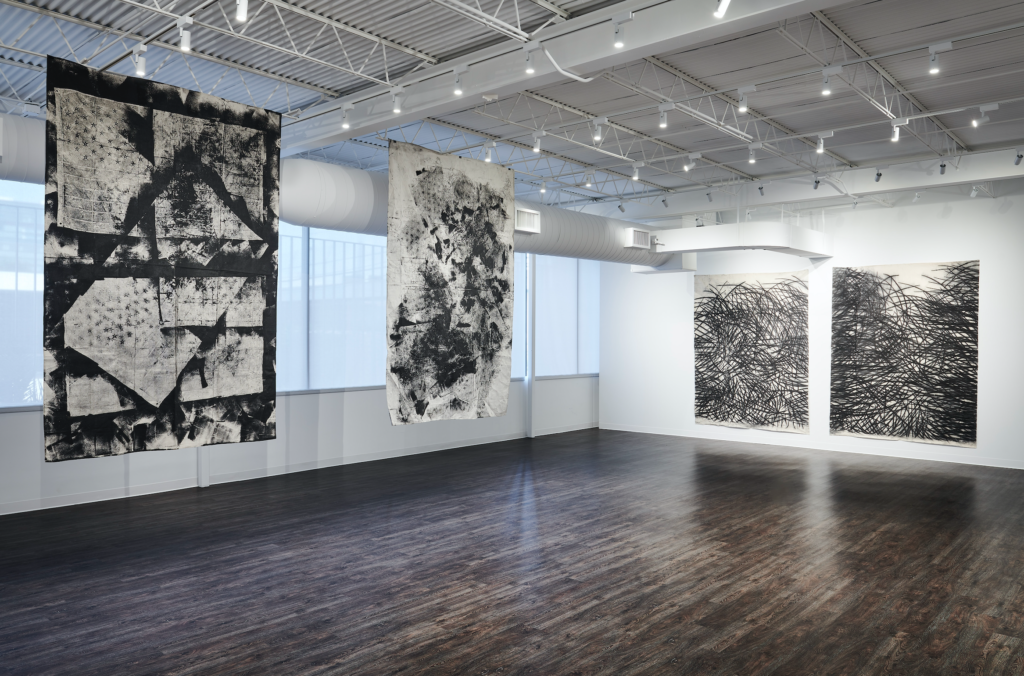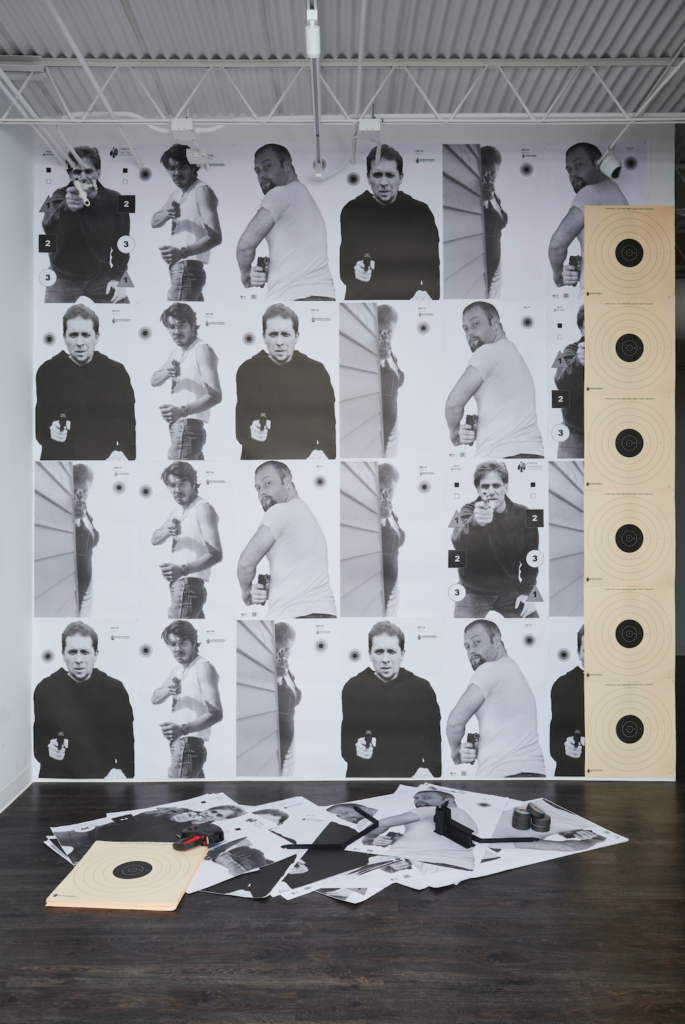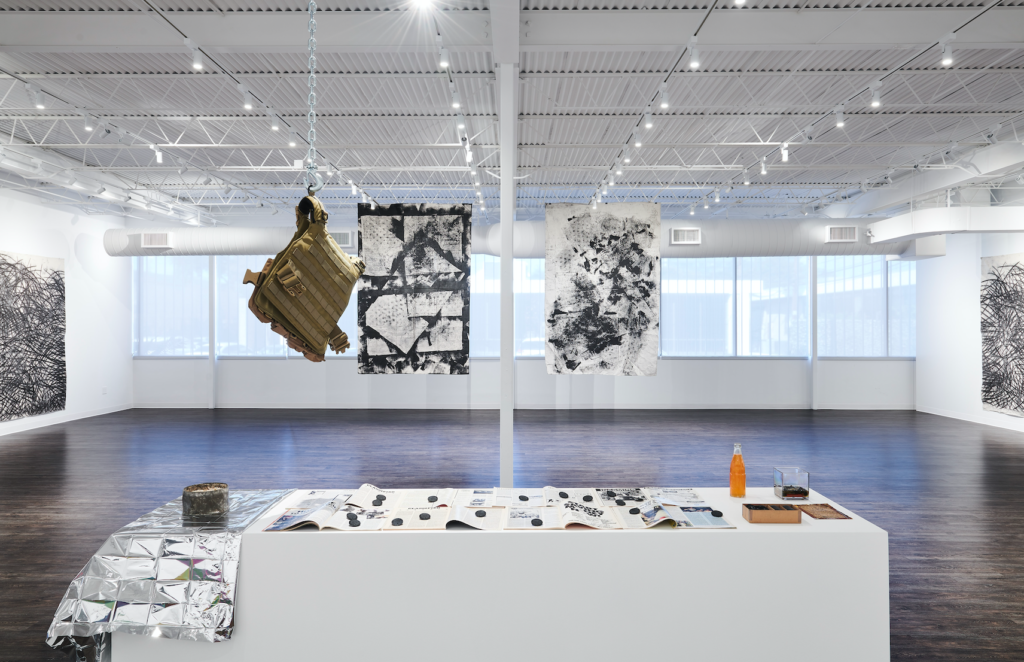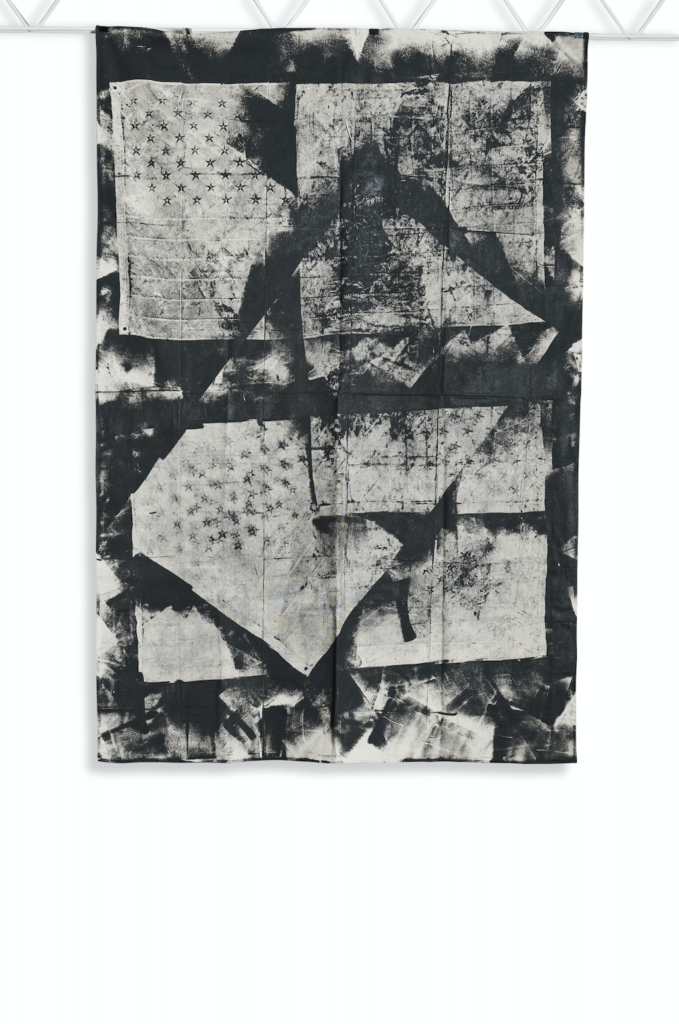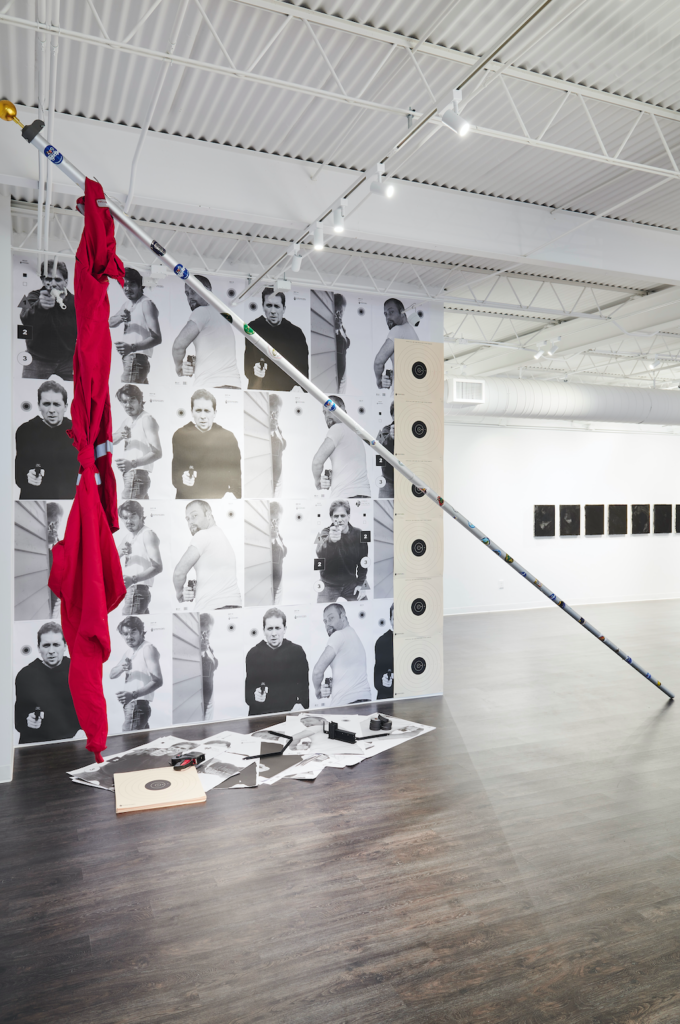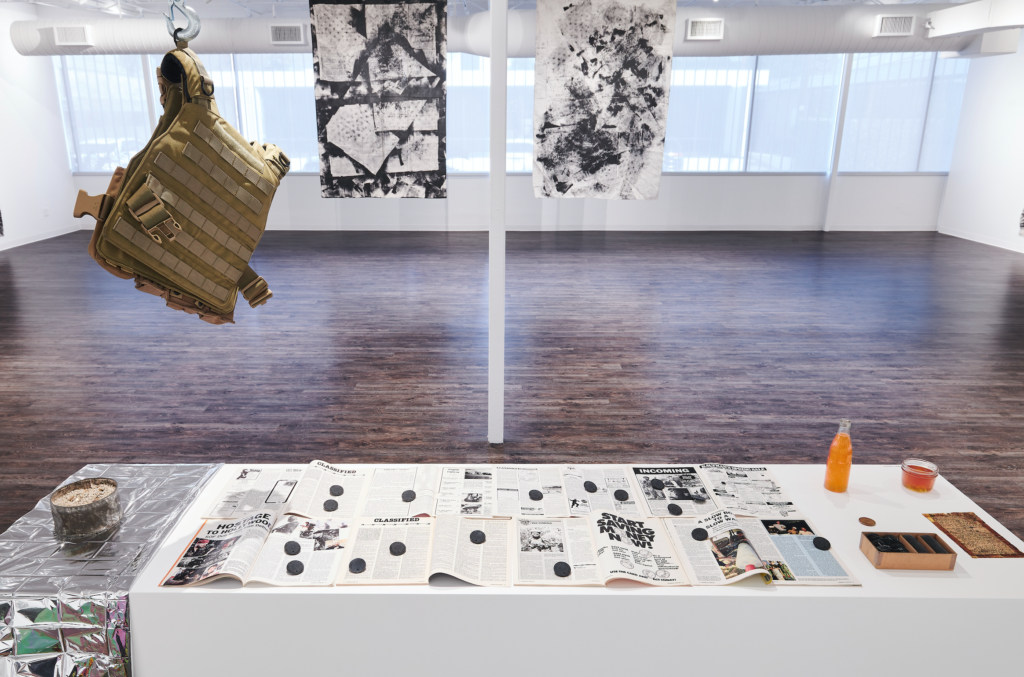We asked 39 artists what they did to relax, here are their answers…

We asked 39 artists what they did to relax, here are their answers…
Paul Weiner (@POWeiner) – I cook. I’m really into Indian food and cauliflower lately. One of my favorites is aloo gobi.
Benjamin Murphy (@BenjaminMurphy_) – I read books in cafés with Oona.
Charley Peters (@CharleyPeters) – I don’t relax. It’s the one thing I’m completely crap at.
Remi Rough (@RemiRough) – I make music, mostly on my laptop but sometimes I play guitar too.
Jonny Green (@JonnyGreenArt) – Meditate, align my chakras, smoke crack.
Richard Stone (@Artist_Stone) – I avoid all social media! Ha, music always dramatically shifts my mood in the best way and I do like being out of London, often in the country.
Sally Bourke (@Justondark) – I’m learning how to make clay. Though if we are talking deep relaxation I like trash tv.
Kevin Perkins (@Kevin_Perkins_) – It’s a bit trite, but exercise is great for me. Lately I’ve been climbing.
Lee Johnson (@LeeJohnson.eu) – Art books mainly, with a good whisky and test match cricket.
Jenny Brosinski (@Jenny_Brosisnski) – Hang out on my studio Sofa.
Andy Dixon (@Andy.Dxn) – I ask myself that same question from time to time. I’m still working on self-care concepts like taking days off and vacationing but so far failing pretty miserably at them. You can tell I’m bad at it by the way I just used the word “working” regarding taking time off.
Klone Yourself (@KloneYourself) – I travel alone and visiting the sea/ocean. Any kind of desert dry/wet realy calms me down.
Daisy Parris (@DaisyParris) – Painting is what relaxes me most but other than that I’ll listen to new music or go to the cinema or eat pizza.
Jake Chapman (@JakeChapmaniac) – Yoga.
Tom Anholt (@TomAnholt) – Play football
Spencer Shakespeare (@SpencerShakespeare) -Smoke pot listen play look draw, feel paint
Rowan Newton (@Rowan_Newton) – Watering my 76 plants and reading about furniture design and history. And exploring London on my bike, as it’s ever evolving.
Hayden Kays (@HaydenKays) – 6 Espresso martinis, a bucket of Vodka Red Bull, a fistful of Pro Plus, a couple of lines of small print and a patchy internet connection usually does the trick.
Matthew Allen (@Matthew__Allen) – We are lucky in Amsterdam that there are a number of great parks, so when I need to chill out I go and walk in Nature.
Rae Hicks (@Rae_Hicks_On_Gangs) – Watch the Sopranos whilst eating Italian food. Preferably mirroring what they are actually eating. With red wine.
Jonni Cheatwood (@Jonni_Cheatwood) – I’m a home body. I just want something to drink, lay on the couch with my wife & dog with comfy clothes and something mindless to watch… like Love Island.
Andrew Salgado (@Andrew.Salgado.Art) – yoga. travel. read novels.
Soumya Netrabile (@Netrabile) – I read and listen to a lot of music.
Luke Hannam (@LukeHannamPaintings) – Walk the dog.
Hedley Roberts (@HedleyRoberts) – Painting is a good way to relax. Other than that, I work out, or fiddle about with a guitar, swim in the sea at Margate, work on my motorbike or my campervan, tend my plants in my garden or lay on the sofa with my partner and our dog watching box sets.
Nick JS Thompson (@nickjsthompson) – I find it really hard to relax. Cooking helps me to switch off but getting out of the city and turning off electronic devices does the trick!
Neva Hosking (@NevaHosking) – I go hang out in my greenhouse til I feel better.
Justin Long (@_JustinLong) – @ves.studio
Erin Lawlor (@TheErinLawlor) – Swim – it’s another form of immersion.
Tony Riff (@TonyRiff) – Listening to music, drawing and daydreaming, mostly.
Justin Lee Williams (@ArtJLW) – Surf , play music , and fish. I think having time away from art is equally important as the art work itself.
Jordy Kerwick (@JordyKerwick) – Paint
Wingshan Smith (@wingshansmith) – Scrolling through astrology memes.
Fiona Grady (@Fiona_Grady) – I love watching films and reading novels for the escapism – it keeps me sane!
Obit (@LazyObit) – I play with my bunny, Pipsqueak or go cycling or have sex
Anthony Cudahy (@AnthonyCudahy) – I wish I had an answer to this – I’d be a lot healthier.
Johnny Thornton (@_JohnnyThornton) – I’m pretty busy between my art practice, my role as a gallery director, my social life and my need to see as much art as I can…so I don’t have a lot of downtime but when I do I’m usually at home hanging out with my wife and dog.
Danny Romeril (@D_Romeril) – draw, watch rubbish tv, listen to music and play my guitar
Florence Hutchings (@FlorenceBH) -I like to cook, watch tv and go for a few pints of Guinness.
For more of these lists:
See how the same artists find their inspiration
See what is the one thing in the art world that they wish would disappear forever
See what is the one piece of advice they would give to a young artist at the start of their career

